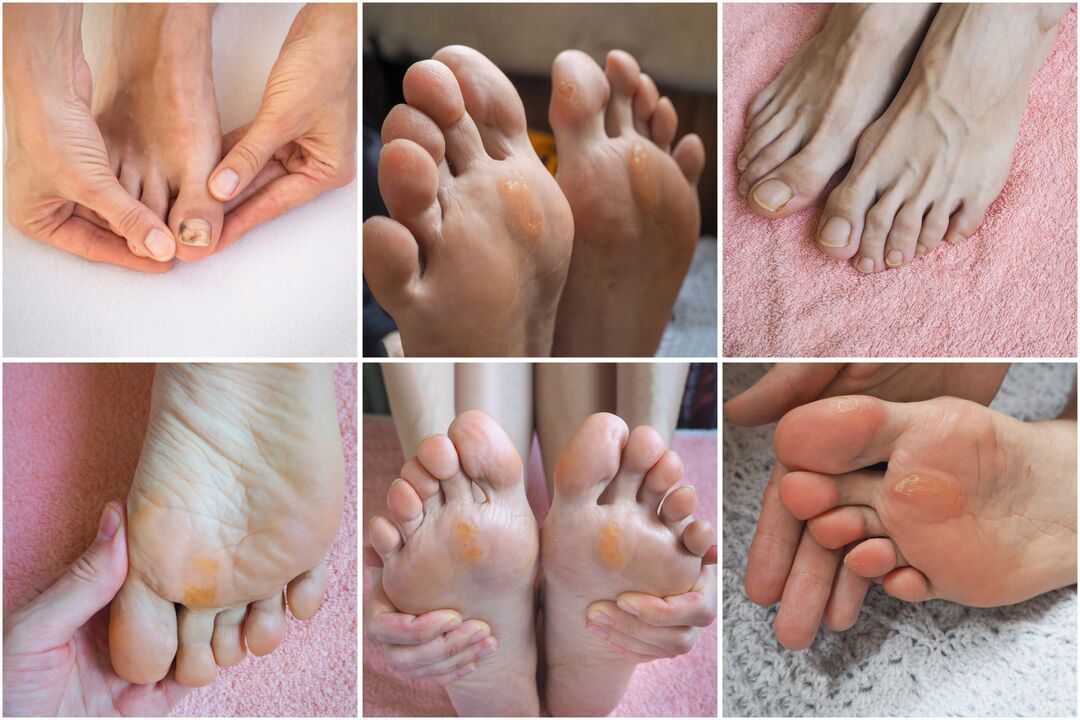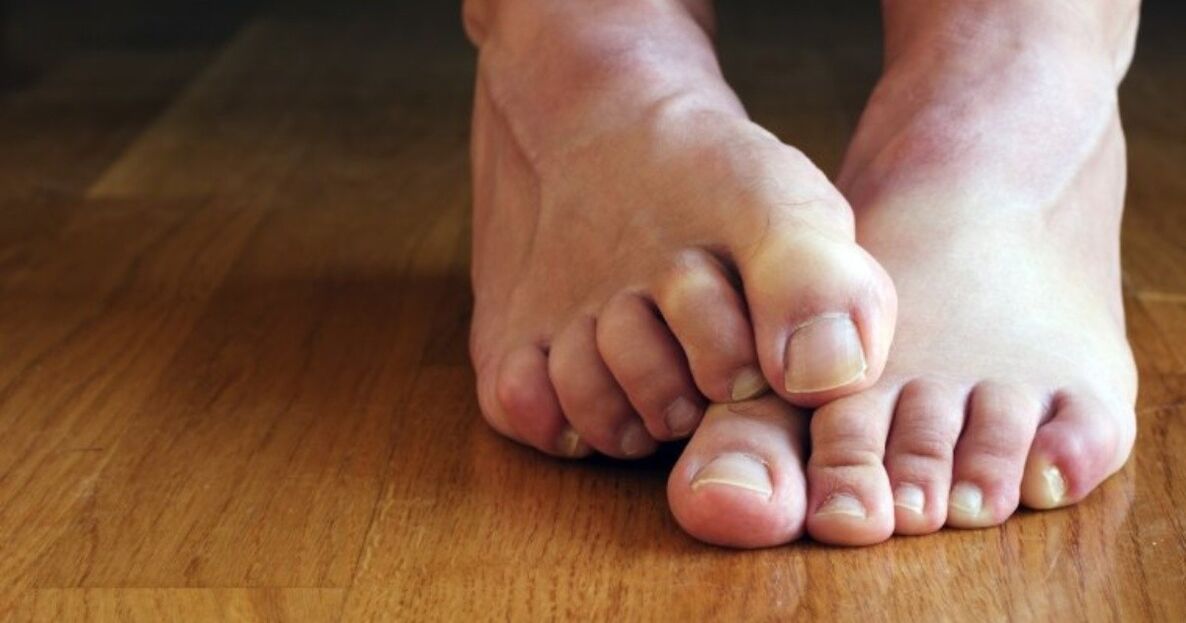Types of fungi

FYI, infection occurs directly - through contact with soil, vegetation, sick people or animals, or indirectly - through contact with household items that a sick person has come into contact with.
- Athlete's foot. This pathology is accompanied by damage to the spaces between the toes as well as the nail plate. In most movies, mature men are pathological;
- Rhodophyceae. The disease progresses slowly and there are no symptoms in the early stages of infection. Without proper treatment, the nail plate can quickly become affected;
- Candidiasis of the interdigital spaces is relatively rare. Divided into several types. The first is the vesicular-pustular type. Telltale signs include severe congestion and swelling. The second type - hyperkeratosis - thickening of the dermal stratum corneum and severe peeling;
- Intermittent form. There are more diagnoses in summer. It usually affects the space between the third and fourth toes; less commonly, the fungus is found on the little toe;
- The erased form has the fewest symptoms. The patient complained of cracks in the interdigital space, mild burning sensation, and itching.
Fungal Causes and Symptoms

Of note: Factors that increase a person's susceptibility to fungi include age - children are more susceptible due to immature defense mechanisms and immune systems - a weakened body cannot resist the effects of fungi.
- High humidity. This condition is caused by low-quality shoes, socks made of synthetic materials, and excessive sweating in the lower limbs.
- Blood circulation disorder. This problem is observed in chronic diseases - diabetes, hypertension. The condition has also been found in experienced smokers and alcohol-dependent individuals.
- Lower limb injuries. The fungus passes through the wound and begins to multiply rapidly. Practice shows that even if immunity is good, the body cannot cope with it on its own.
- Skin peeling in the interdigital folds;
- The appearance of small cracks that cause discomfort;
- Itching and pain in the affected area;
- Seal the sole of the foot.
Ways to Treat Fungus
- Tablet form.
- Local agent.
IMPORTANT: To ensure the effectiveness of treatment, confirmation by laboratory methods is required - analysis is performed after 14 days and 30 days of treatment. Only the receipt of negative results indicates the effectiveness of the course.
antifungal agent
- Headache;
- Impaired sense of taste;
- Dizziness;
- allergic reactions;
- Loss of appetite;
- disruption of the digestive tract;
- feel sick and vomit;
- There is pain in the abdomen.
Systemic antifungal medications
- Liver dysfunction;
- Lactose intolerance;
- Pregnancy, breastfeeding;
- Allergy;
- Children under three years old;
- The patient's weight does not exceed 20 kg.
IMPORTANT: The concomitant use of antifungal medications and alcohol increases the potential for toxic liver injury.
















